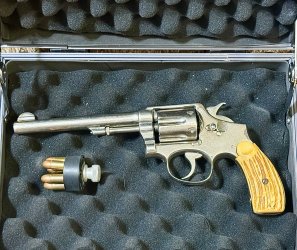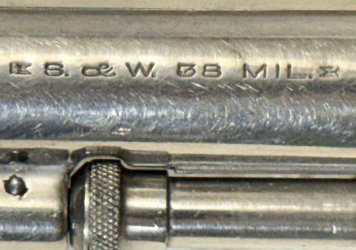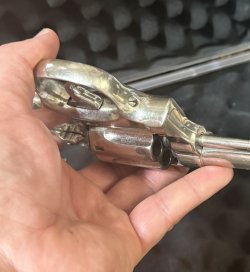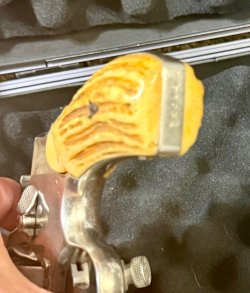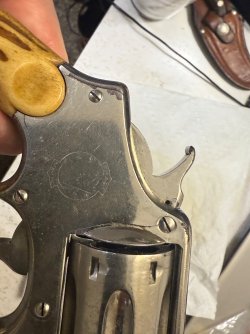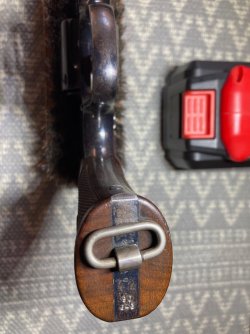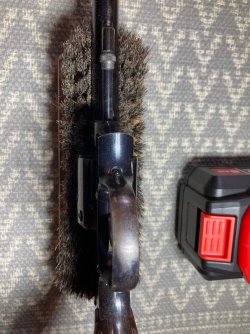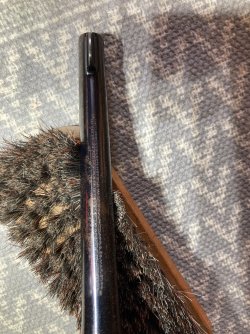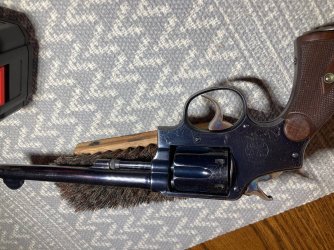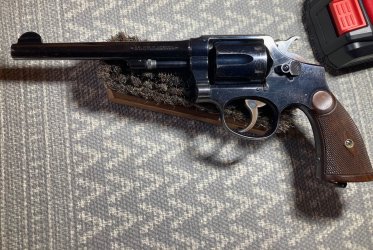Welcome to the Forum. Collectors call your revolver a 38 Hand Ejector, Military & Police Model 1905, 1st Change revolver. Factory called these round butt guns a 38 Military Model 1902. The 1902 vs 1905 model names occur in 1905 when the factory started making square butt revolvers. The factory called the square butt gun a Model 1905 which carried on for the next 10 years.
The bore of a 38 MIL(Long Colt) was the same as the 38 Special round, so barrel could be used with a 38 Special cylinder installed. I have a 38 Special Model 1899 with a 38 MIL barrel that was left over from a government contract. An issue arises when using an old military contract barrel on a post-1902 frame and that is the factory increased the thread size to .540" from .500" with the introduction of the 1st Change Model 1902? Your barrel should have a .540" thread at window of the cylinder frame. I believe that there was a small military contract during the manufacture of this model, so that may be where the barrel could have come from.
Could you look at the barrel flat on the bottom for a serial number and a "B"? Also, if you have any 38 Special ammo, check to see if it loads in the cylinder? I have a #80,884 that shipped from the factory in June 1906.

